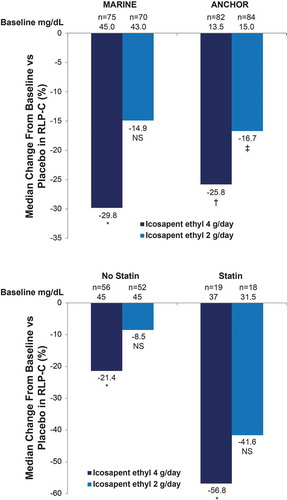Figures & data
Figure 1. Cellular and Molecular Mechanisms of Atherosclerosis and the Role of EPA
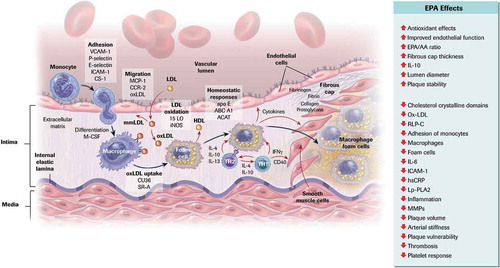
Table 1. Effect of EPA on Lipid Markers, Inflammatory Markers, and Atherosclerotic Plaque
Figure 2. Bioactive Metabolites of EPA
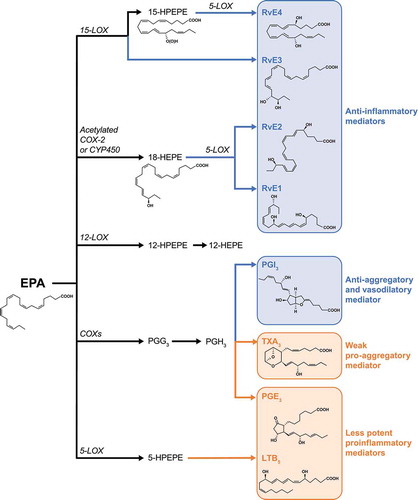
Table 2. EPA-Derived Bioactive Metabolites That Control Inflammation and Tissue Homeostasis
Figure 3. Proposed Molecular Mechanisms of Cardioprotection by Omega-3 Fatty Acids
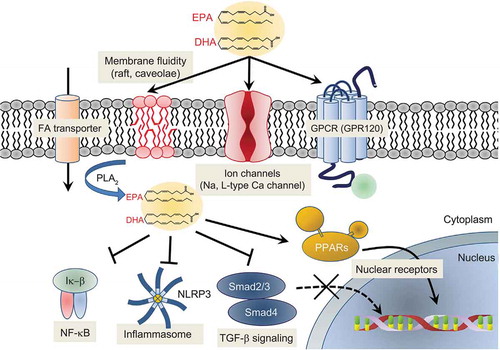
Figure 4. Lipid Interactions of EPA and Impact on Vascular Health
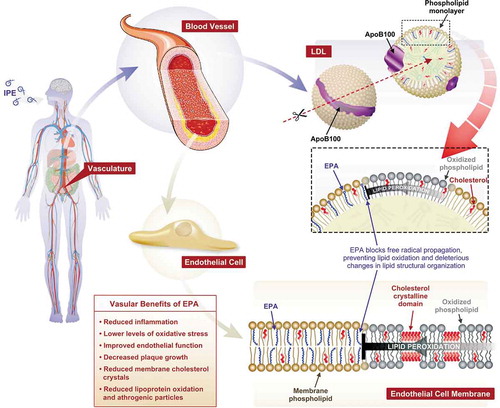
Figure 5. Icosapent Ethyl Effects on RLP-C From the MARINE and ANCHOR Studies
